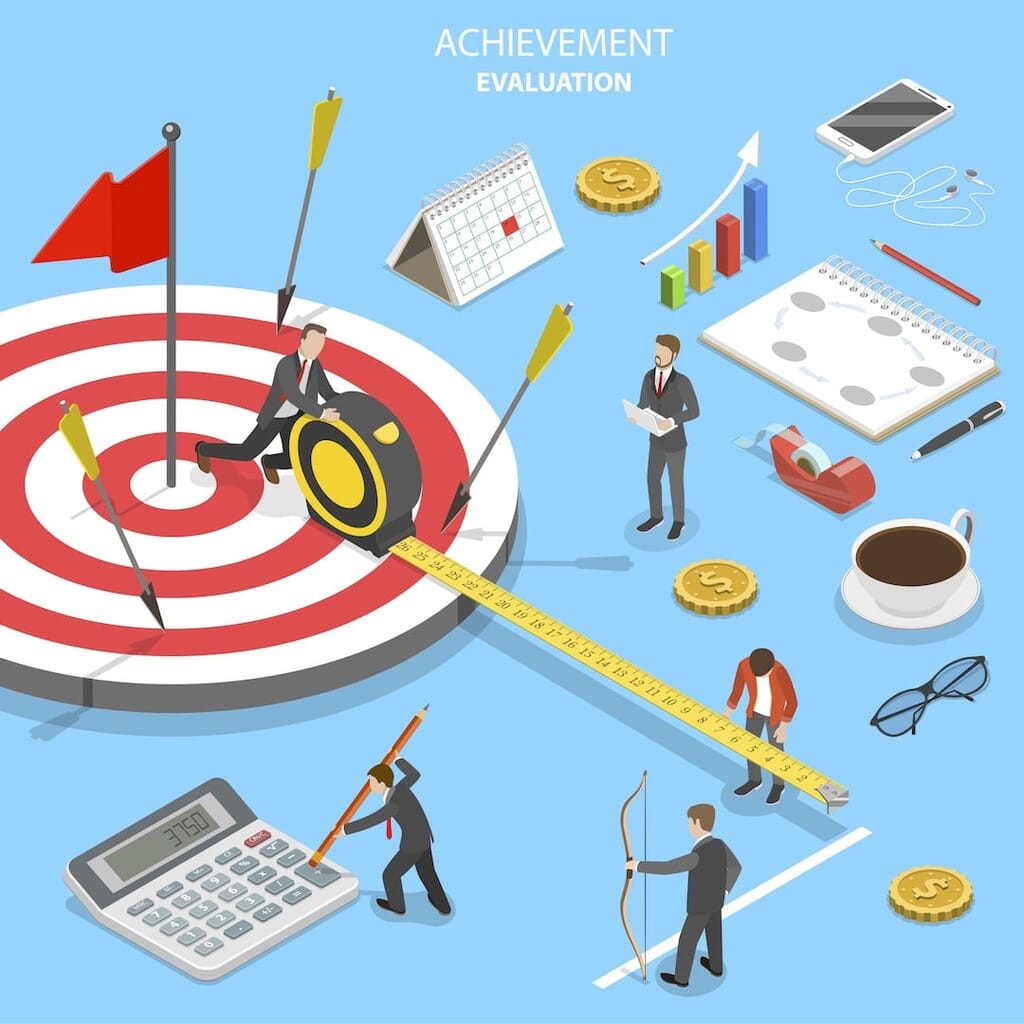How Should a Scrum Master Measure Team Performance?
Posted By - Aislinn Green

You may be familiar with the old adage: be careful what you ask for as you just might get it. This most certainly rings true when we look at performance measures. When organisations set a one dimensional or output focus measure of team performance this can lead to unexpected or unintended outcomes.
I think it’s fairly well known now that measuring team velocity has some fairly serious negative side-effects. While perhaps a few organisations still set targets for teams to increase their velocity it’s rare for a successful organisation these days to use this as a way to determine if the team is performing.
Great Scrum Masters and great Product Owners know that just going faster we may decrease quality or burn the team out. We should consider what outcome we want and look at measures that can help us determine if we are on the right path. But even 22 years after the agile manifesto was written, there is still strong conjecture about how to measure a team’s performance.
So as a Scrum Master how should we measure team performance? First let’s explore some of the factors that may affect team performance.
Organisational Context

As a Scrum Master it is important to look at how performance is measured in the organisation and how this impacts how the team should measure performance. Is there the right focus at the top level? Do the measures deliver the desired outcomes? Simply by focusing on output doesn’t guarantee valuable outcomes.
Take the example of an organisation who is focussed on measuring the performance of the teams based on whether the Scrum events are taking place and the artefacts are being produced. A team can easily go through the motions and tick all the boxes but not be really collaborating or questioning to deliver valuable, quality products that solve real customer problems.
Indeed, in one of my previous organisations, management decided that retrospective meetings were a sign of an agile team and so encouraged teams to have retrospectives. Pretty soon teams were having one or more retrospective meetings every week because that was what was being measured. No mind was paid as to the effectiveness of these meetings!
Human beings learn from a young age to produce what is recognised and rewarded so when looking at how to measure team performance, bear in mind what “the system” is explicitly or implicitly encouraging or rewarding.
No team is an island

A single teams’ performance may be impacted by a number of factors in the overall value stream across the organisation. Indeed enabling one team could easily lead to problems for another with more and more work being passed from the first team to the second team who simply cannot cope.
When establishing performance measures then we should consider how they would encourage cross collaboration rather than single team performance. We must look wider at the overall flow of value.
Safe to fail or Safety Failure

How safe do teams feel when things go wrong? Do we genuinely try to find lessons learned and improvement actions or do we look for a scapegoat?
I have encountered many teams that don’t feel safe to show their real data. They have fake burndowns so that it looks like everything is on track, or record defects in secret documents (or not at all) so that they don’t get penalised.
Some actually do the opposite and record every little defect in order to look like heroes by fixing them. Perhaps there is a general culture of fear in the organisation where any mistake is penalised. This would be bound to affect the psychological safety in the teams. Perhaps trust within the team has been broken, impacting team unity.
If teams have psychological safety we can have deeper, more meaningful measures but if they don’t we tend to see more superficial measures.
Sustainability

In The Agile Pubcast with Vasco Duarte, Paul Goddard and Geoff Watts covered the concept of how sustainability can impact the performance of the teams. WIthin this topic they covered several facets to consider:
- Are the team working at a sustainable pace? One of the characteristics of Team Mastery is finding a strong but sustainable cadence.
- How much crunch time are people enduring? Is the company culture to reward the ‘hero’s’ who always jump in to save the day rather than rewarding those who don’t create the scenarios in the first place? If people are burnt out then despite having an initial peak in performance over time it will fall.
- Are people happy working with their team? This doesn’t mean that people have to go around singing and being best friends but are they happy coming to work and can get along with those on their team to create a productive work environment. If people are unhappy you will see performance drop as they disengage and just go through the motions.
- Are they getting regular customer feedback so that they get validation that what they are delivering is adding value? Without this feedback again we may see performance drop as teams wonder what is the point of what they are doing.
Utilising the SQUAD model for Team Performance

We have discussed aspects that might impact team performance and awareness of these are important for the team in helping them own their own agenda around measuring performance.
In his book Team Mastery, Geoff Watts talks about SQUAD and here we can look at how this model can be used when talking about team performance. Each of these areas complement each other and should be looked at as a whole. Geoff covers this in more detail in this video.
I would encourage your teams to experiment with setting their performance measures around these aspects. How would your team identify that they are moving in the right direction? Geoff offers the following as a guide, based on the hundreds of teams he has observed.

Self Improvement
Great teams continuously look for opportunities to improve and put experiments in place to action the improvements.
What impact have we seen from the improvements we have implemented?
Quality
Great teams take pride in delivering at a high level of quality. Do we have a sense of pride in what we are delivering and strive to leave it in a better state than when we started?
Unity
Great teams prioritise the whole over the individual. The team comes first.
Do we have a mentality in the team that we succeed or fail as a team? Is there a blame culture?
Audacity
Great teams are courageous and try things. Do our people feel comfortable putting themselves out there and trying experiments? Does the team see the art of the possible or constantly get stuck on blockers?
Delivery
Great teams love nothing more than the feeling of getting stuff done. They get a kick out of delivering and always find a way. Does our team get valuable work done? When up against it, do we find a way or find an excuse?
Conclusion
In conclusion, measuring a team’s performance requires a deep understanding of various factors that affect it, such as the organisational context, psychological safety, cross-collaboration and sustainability among others.
Great Scrum Masters look beyond output-focused measures and ensure that they are aligned with desired outcomes. By encouraging the team to experiment with performance measures, they can identify what works best for them and create a sense of ownership.
It is important to remember that measuring performance is not just about going faster but also about creating valuable, quality products that solve real customer problems as well as getting better at how they deliver value all the time.
Personally I really like the SQUAD model because it rings true to the great teams I have worked with in the past but the most important thing is to create a sense of psychological safety and then work with the team to identify what opportunities they see for improvement and measurement of value.





